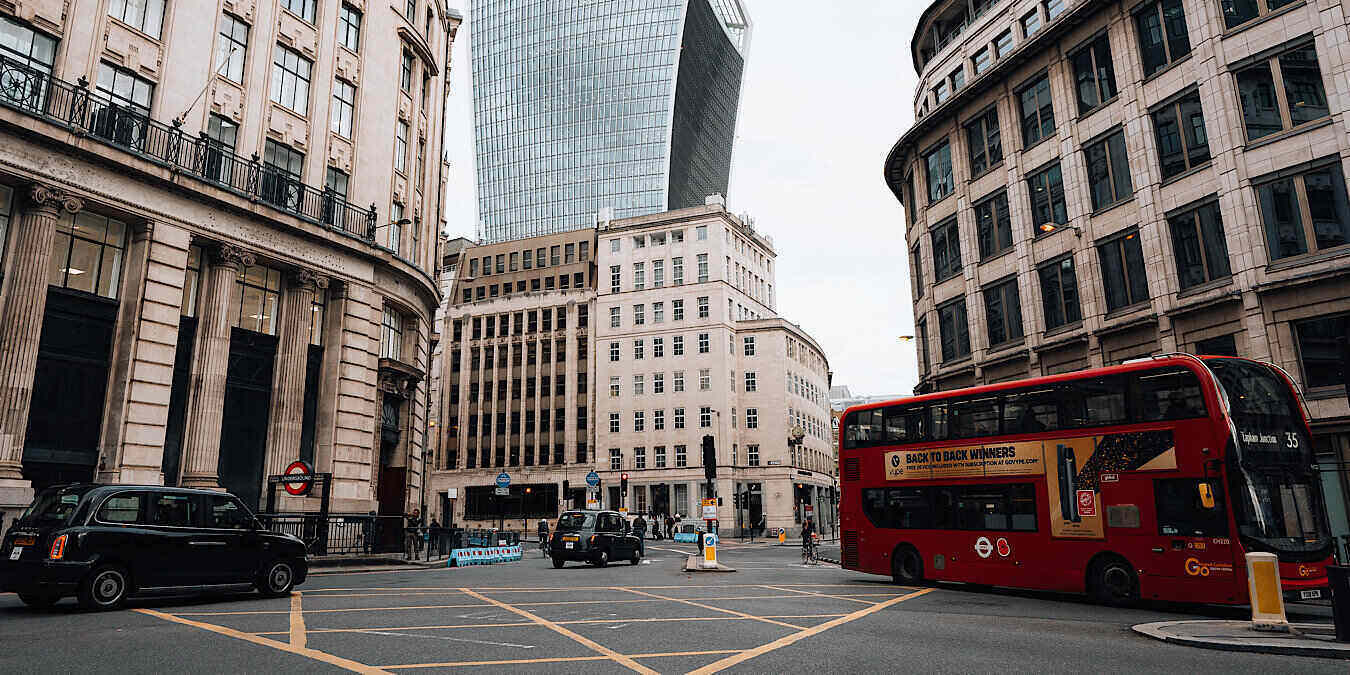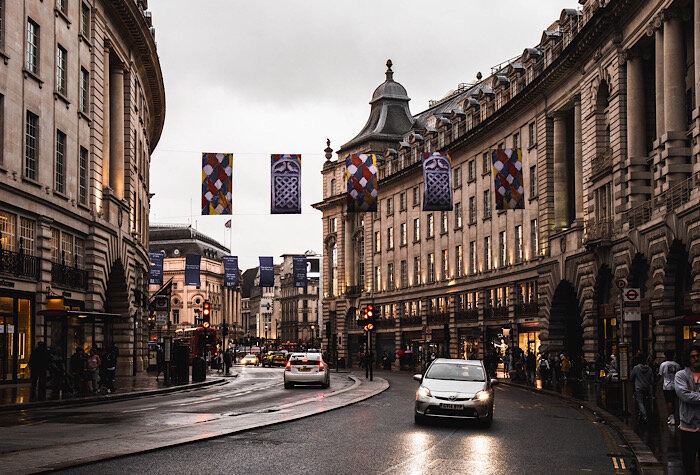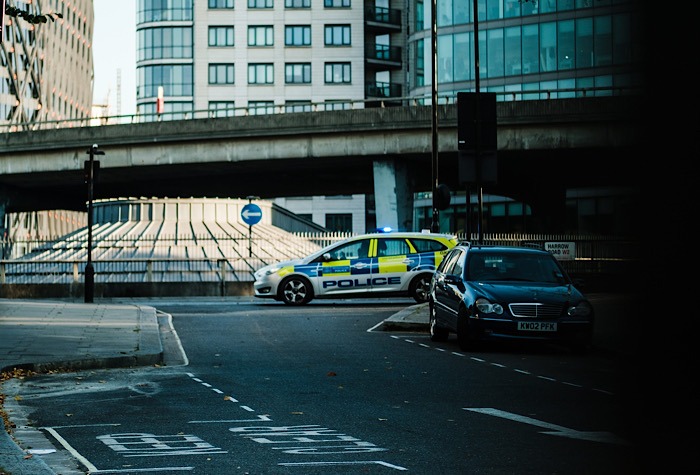
At some point, it seems like throwing pasta at the wall to see what will stick. There are so many ideas that are focused on getting self-driven cars out on the roads. The newest idea is to use crowdsourced LiDAR to help not just autonomous cars, but drivers of all vehicles, have better vision and see more of what is happening around them.
Crowdsourced LiDAR on Cars
The University of Cambridge, University of Oxford, and University College of London researchers want to add crowdsourced LiDAR to every vehicle; not just autonomous cars. The plan is to open the line of sight with LiDAR, augmented reality, and crowdsourcing.
The thought is that this would allow drivers to have X-ray-like powers, to see through objects ahead of them. This information would be sent directly to their eyes to improve the chances that they’d see it.

Consider that LiDAR is already used on many autonomous cars to help them see and navigate. But the researchers want vehicles to not just see obstacles in front of them but beyond that. The idea is to create a crowdsourced map that is put together using LiDAR data collected from all the cars on the road.
Collected user data to help others isn’t a new idea. Think of the Waze navigation app. Even before Google bought it, the app allowed drivers to report accidents, police cars, roadblocks, etc. Tesla collects data from its cans outfitted with Autopilot. Given how Waze and Tesla already put together collected data, crowdsourced LiDAR isn’t really an outlandish idea. But it is taking it a step further with the desire for an X-ray- like vision.
Testing Crowdsourced LiDAR
Researcher Jana Skirnewskaja said efforts to test this idea are already underway. LiDAR scanners have been positioned around a street in London. The data collected was used to create a 3D model.

“We scanned Malet Street from 10 different positions using 10 different data scanners,” reported Skirnewskaja. “This allows us to fully recreate the street how it is at that moment, so any objects – hidden or not – will be [represented in] the point cloud. This allows us to erase objects that we don’t want to see and choose the objects which are hidden … and project them.”
While workable in creating the crowdsourced map, this isn’t the entire idea of the project. Researchers also want to project this data directly onto drivers’ eyes.
“What our studies have shown is that it [causes] no harm at all to the pupil, to the human eye,” continued Sirnewskaja. “It can project, [directly] into the driver’s eye, any object. We can also use augmented reality to layer objects so that we project different objects, like road obstacles or signs or people or trees, at different sizes [to indicate] distances. The further away an object is, the smaller it will be. That can be realized.”
She added that they could already put AR objects in the eye, and research shows it lines up and isn’t distracting to the driver.

Initially, the information sent to the drivers’ eyes would involve obstacles that have provided difficulties for other drivers, a la Waze. But eventually, the objects could be more dynamic, and along with collected data from other cars, it would also originate from LiDARs roadside, such as the cameras used at stoplights.
Next up for the researchers is finding vehicle manufacturers to take part in the project. They are also working on miniaturizing the optical components so the setup will fit in a car. While the idea is that crowdsourced LiDAR would be added to all vehicles, maybe this would be a necessary step to make the public more comfortable with the thought of autonomous cars so that it would eliminate crashes, or at least the fear of crashes.
Read on to learn how LiDAR is also being used to get us closer to having mainstream autonomous deliveries.







